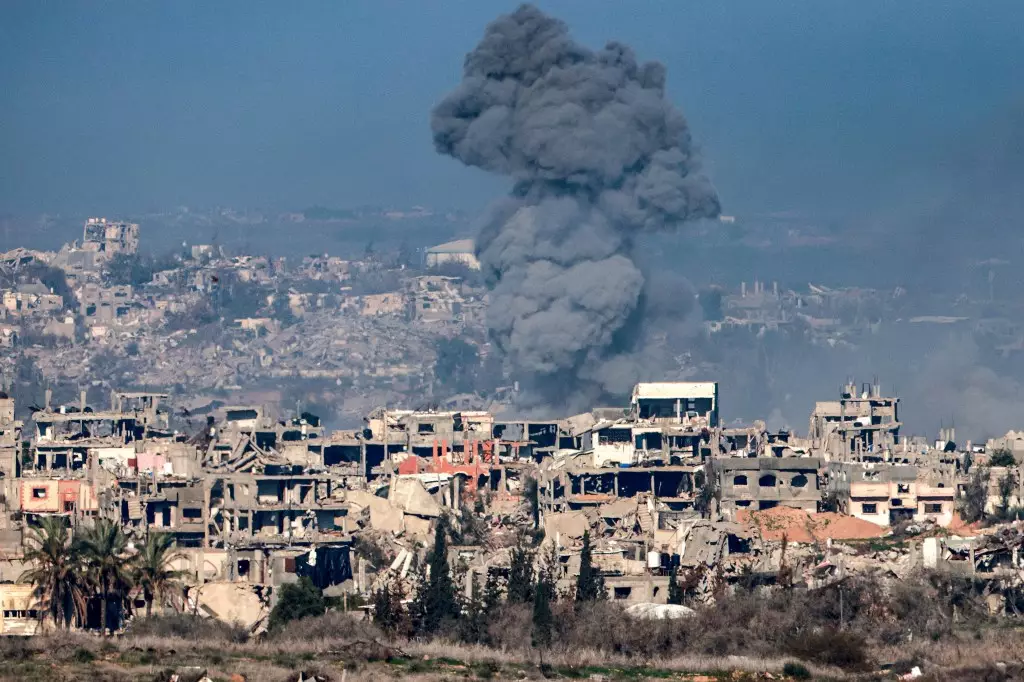On a Sunday morning filled with anticipation, the long-awaited ceasefire in Gaza finally came into force, albeit after a nearly three-hour delay. The initial expectations of this pivotal moment were set for 6:30 AM GMT, yet the delay unfolded amid rising tensions. According to reports from BBC News, Gazans eagerly began to return to their homes following the announcement that Hamas had complied with a significant condition of the ceasefire: the release of names of three hostages. However, the last-minute failure to present this list, described by Hamas as a result of “technical field reasons,” left many on edge, breathing a sigh of relief and fear simultaneously.
Despite the announcement of the ceasefire, violence did not take a pause, as Israeli airstrikes continued during the crucial hours leading to the ceasefire’s implementation. The Hamas-run civil defense agency reported that 19 people tragically lost their lives during this period, a stark reminder of the overshadowing dangers that permeate the region, even amidst the flickers of hope. The alarming toll of casualties since the outbreak of conflict on October 7, 2023, underscores the gravity of the situation; approximately 1,200 individuals killed in Israel and an astonishing death toll exceeding 46,000 Palestinians highlights the urgent need for effective diplomatic resolutions.
The names of the first three hostages released by Hamas—Doron Steinbrecher, Emily Damari, and Romi Gonen—signal a potential shift in the negotiation dynamics between the warring factions. The hostage crisis emerged as a pivotal aspect of the broader conflict, affecting families and communities on both sides. This fragile ceasefire, while bringing hope to some, puts a spotlight on the inherent difficulties of reaching and maintaining peace. The agreement, brokered through talks involving the United States and Qatar, requires a reciprocal release of Palestinian prisoners by Israel—an expectation that raises eyebrows among critics and supporters alike.
The political landscape in Israel complicates this already precarious situation. Prime Minister Benjamin Netanyahu, while backing the ceasefire deal, faces growing dissent among his own ranks. The resignations of key figures, such as National Security Minister Itamar Ben Gvir, illustrate the internal friction within the government over how to best handle the ongoing crisis. This loss of support leaves Netanyahu with an increasingly tenuous grip on power, fostering a climate of uncertainty that threatens the viability of any present or future peace agreements.
As the world watches the developments in Gaza, the fragile ceasefire embodies a glimmer of hope amid years of bloodshed and heartbreak. However, it also emphasizes the paradox of peace—where the silencing of gunfire does not inherently equate to stability. The complexities of history, identity, and deep-seated grievances must be reckoned with if there is to be any material progress towards a lasting resolution. The coming days will reveal whether this tenuous truce marks the beginning of a broader easing of tensions or merely a temporary lull in hostilities.

